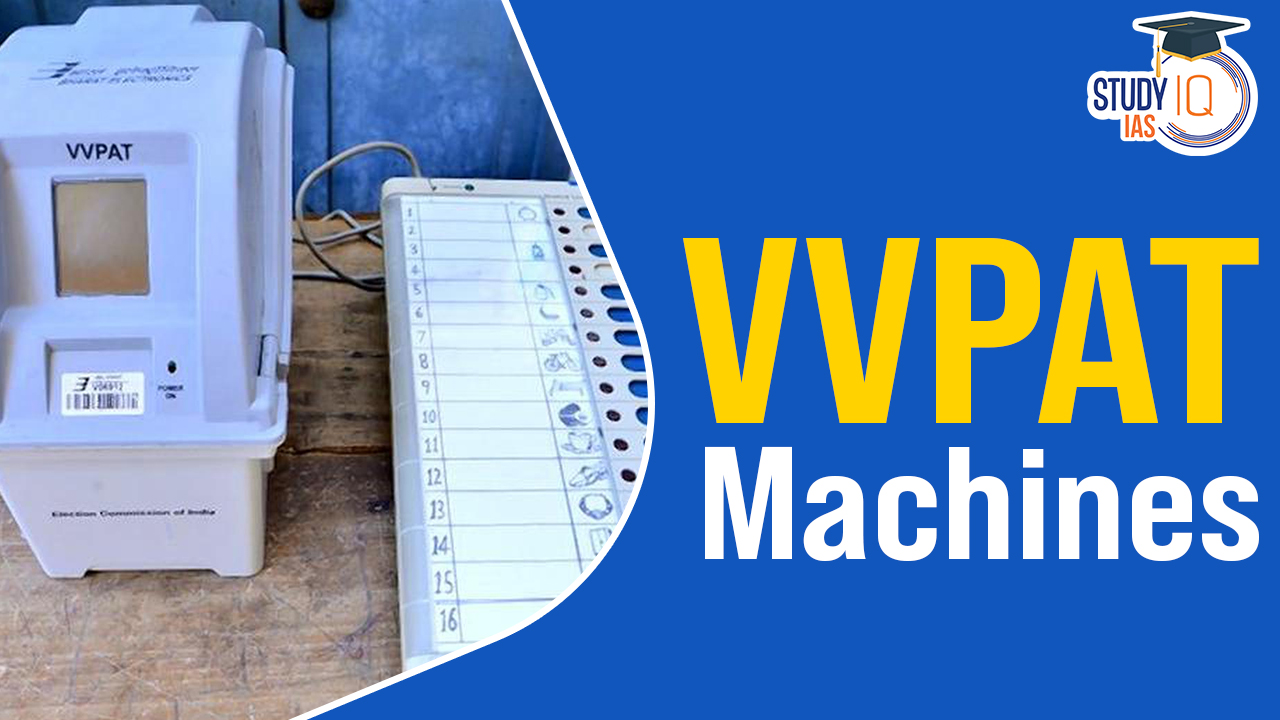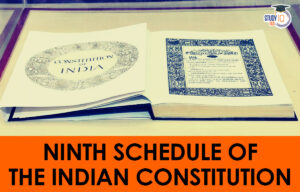Table of Contents
In recent years, the integrity and transparency of elections have come under scrutiny worldwide. In India, concerns over the accuracy and reliability of Electronic Voting Machines (EVMs) have led to the introduction of a supplementary system known as the Voter Verifiable Paper Audit Trail (VVPAT). This system has become a focal point of discussion and debate, particularly in the context of ensuring fair and credible elections. Let’s delve into what VVPATs are, how they work, and why there is a demand for more machines in Indian elections.
What are VVPATs?
The Voter Verifiable Paper Audit Trail (VVPAT) is a mechanism introduced in Indian elections to provide a physical paper trail for votes cast electronically using EVMs. It aims to enhance transparency and increase voter confidence by allowing voters to verify that the EVM has correctly recorded their votes. VVPATs were first introduced during the 2014 Lok Sabha elections in India and have since been used in various state and national elections.
VVPAT Full Form
VVPAT stands for Voter Verifiable Paper Audit Trail. Essentially, VVPAT serves as a tangible confirmation mechanism for voters, providing them with a paper record of their vote cast through an EVM. This paper trail is essential for verifying the accuracy of electronic voting and offers voters peace of mind regarding the integrity of their choices in the electoral process. Introduced to address concerns surrounding the transparency and verifiability of EVMs, VVPATs have become an integral component of elections in many democracies, including India.
We’re now on WhatsApp. Click to Join
How do VVPATs work?
VVPATs are integrated with EVMs and operate alongside them during the voting process. Here is a step-by-step overview of how VVPATs function:
- Voter Verification: When a voter casts their vote using an EVM, the VVPAT machine generates a printed paper slip containing the details of the vote, including the name and symbol of the selected candidate or party.
- Display to Voter: The printed slip is displayed through a transparent window on the VVPAT machine for a brief period, allowing the voter to visually verify that their vote has been accurately recorded as per their choice.
- Verification Period: The displayed information on the paper slip remains visible to the voter for a few seconds, providing them with ample time to verify the accuracy of their vote.
- Secure Storage: Once the verification period ends, the printed paper slip is automatically dropped into a sealed compartment within the VVPAT machine, ensuring the secrecy and integrity of the vote.
- Audit Trail: The paper slips stored in the VVPAT machine serves as a physical audit trail that can be used for manual verification in case of any discrepancies or disputes regarding the electronic vote count.
Usage of VVPATs in Elections
The incorporation of VVPATs in electoral processes serves multiple purposes, all geared toward enhancing transparency and accountability:
- Verification for Voters: VVPATs allow voters to physically verify that their vote has been accurately recorded by the EVM. This adds a layer of confidence and transparency to the voting process, ensuring that votes are cast as intended.
- Audit Trail: The paper records generated by VVPATs serve as an audit trail for election authorities and stakeholders. In the event of disputes or discrepancies, these paper records can be used to verify the accuracy of electronic vote counts.
- Enhanced Trust: By providing voters with a tangible record of their votes, VVPATs help build trust in the electoral process. Voters can be assured that their choices have been accurately captured and counted, thereby bolstering confidence in the integrity of elections.
- Accountability and Transparency: The use of VVPATs enhances the overall accountability and transparency of electoral processes. Election authorities can conduct audits and verifications using the paper trail generated by VVPATs, thereby ensuring the accuracy and fairness of election outcomes.
VVPAT and EVM
VVPATs and Electronic Voting Machines work in tandem to facilitate smooth and transparent elections. While EVMs enable electronic voting, VVPATs provide a physical record of votes cast, allowing for verification and auditing. The integration of these two technologies ensures a robust and verifiable electoral process, instilling confidence in voters and stakeholders alike.
Despite their efficacy, the deployment and utilization of VVPATs have not been without challenges. Issues such as logistical constraints, technical glitches, and the need for increased resources have been raised. However, the benefits of VVPATs in enhancing electoral integrity far outweigh these challenges, making them an indispensable tool in modern electoral governance.
VVPAT Machines Criticism
- Cost and Logistics: Procurement, deployment, and maintenance of VVPAT machines are expensive and logistically challenging.
- Technical Glitches: VVPAT machines are prone to technical issues like paper jams and printing errors, raising doubts about their reliability.
- Increased Complexity: Integrating VVPAT machines adds complexity to the voting process, requiring additional voter education and training.
- Environmental Impact: The use of paper in VVPAT machines raises environmental concerns regarding paper wastage and resource consumption.
VVPAT Machines Way Forward
- Technological Advancements: Invest in improving reliability and efficiency through research and development.
- Training and Education: Provide comprehensive training for election officials and voters.
- Cost-effective Solutions: Explore cost-saving measures and partnerships to mitigate expenses.
- Environmental Sustainability: Implement measures to reduce paper usage and ensure responsible disposal.
- Continuous Evaluation: Regularly assess and improve VVPAT technology based on audits and feedback.
- International Collaboration: Foster partnerships to share best practices and innovations in electoral governance.


 9th Schedule of Indian Constitution: His...
9th Schedule of Indian Constitution: His...
 Mechanisms to Combat Judicial Corruption...
Mechanisms to Combat Judicial Corruption...
 Registrar General and Census Commissione...
Registrar General and Census Commissione...





















